Key Points
How to do image optimization for SEO? | 9 essential tips
What is image optimization? How does it affect the overall performance of your website? Image optimization gives your brand the best opportunities to succeed in terms of excellent SEO practices. It creates high-quality images with ideal size, format, and resolution. The image optimization techniques make your content attractive, engaging, and accessible to the users. It gives contextual information to the search engines to boost the performance of your website. The image optimization also increases the page loading speed of the website and increases user engagement. Moreover, the search engines can quickly crawl and read the page context.
Read this guide to find 9 amazing tips on how to optimize images for SEO. Follow these strategies to optimize web images for the best results.
1# Resize all the images
An image with a higher resolution and larger dimensions slow down page loading time. The dimensions of an image are referred to as image size. For example, 1024X680 pixels are image dimensions or image size. It is necessary to scale down the image size without losing the image quality to improve the performance of your website. Try to keep the image file size below 70Kb. It can be challenging for larger images.
Choose the right file format to resize all the images. PNG, JPEG, and GIF are recommended file formats for image optimization. Choose the right compression rate to resize the image without losing its quality. You can also use image editing tools such as Affinity Photo, Paint.NET, JPEG Mini, OptiPNG, FileOptimizer, etc.
Alternatively, WordPress plug-ins such as Yoast SEO, ShortPixel, WP Smush, Optimus, and Image Optimizer are equally good. Once you have optimized the images, check the speed of your website.

2# Optimize all image file names
Optimizing image file names also helps to improve the SEO ranking of the website. Use relevant and descriptive keywords to name image files. Use targeted keywords at the start and separate them via hyphens. It will help the search engines to recognize individual words.

3# Use alternative "alt" text tags
Alternative text tags help search engines index image content. It also helps the search engines to read the images even if it is not downloading properly. It gives an insight to the viewers to get an idea about the image. Use brand-relevant words to boost the visibility of your brand.

4# Optimize all the image titles
Image titles are also important for optimization. It is usually taken from the name of the file. If it does not describe the image, use appropriate keywords to rename it. You can also add call-to-action words such as ‘’Buy Now’’ or ‘’Download Today’’ options. The image titles improve user engagement.
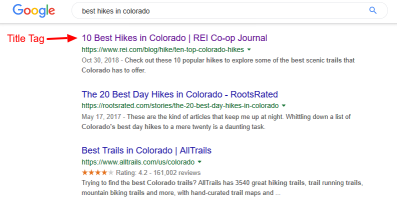
5# Add captions
However, adding captions may not directly affect SEO but it improves the overall user experience. Keep in mind that captions are directly visible on a web page. That’s why I prefer adding captions beneath the images. Captions decrease the bounce rate improving credibility among search engines.
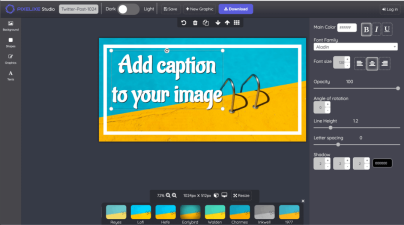
6# Choose unique images
Always select a unique and original image for your website. Avoid choosing pictures from Google because your competitors are doing this. It will hurt the ranking of your website. The unique images are also better for SEO.

7# Choose a relevant text
Make sure that your text compliments the image. It is better to describe the image with a relevant image to provide sufficient information. It will help the search engines to find relevant images quickly.
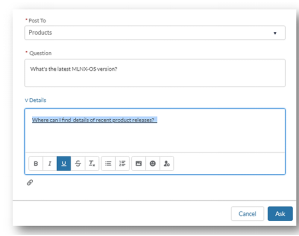
8# Use structured data for images
Adding structured data enriches results among the search engines. Moreover, Google Images also support structured data and add a badge to your images. The added badges show that images belong to your website. Structured image data also improves the overall shopping experience.
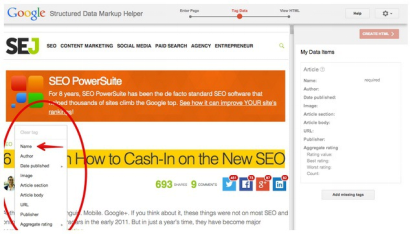
9# Add sitemaps
Sitemaps help the search engines to know about the organization of your site content. Actually, it is a map of your site’s content. It is considered an integral part of SEO. Include a photo, video thumbnail, infographic, and meme in the site map. It will help the crawling search engines to recognize your website. Use title, description, URL location, caption, and license information for site mapping. You can also use Yoast SEO to automatically add these features.
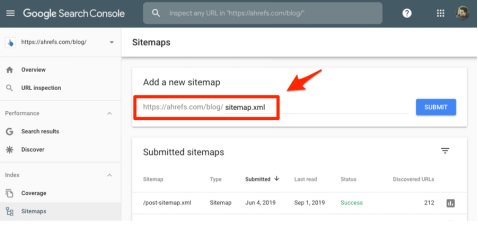
Want to copy or move a bunch of files with just 1 click? Check out this Awesome Tool.
Final thoughts
If you are struggling with improving the overall performance of your website, use these simple tips. These image optimization techniques help to boost the scalability and visibility of your website. Make sure that you are using the right tool without compromising the quality of the image. A good image with suitable resolution and dimension helps the search engines to recognize your website in no time. Now boost the performance of your e-commerce website without turning for hours.
Please feel free to ask questions from our experts. Share your thoughts in the comment sections about image optimization.
